Knowing the best and correct manner of tuning and adjusting your drum is so important to keeping a great drum kit. Regardless of your experience as a drummer, getting your drum kit well-tuned will help you stand out even if you’re just starting.
While tuning a drum kit is not a science or art, you still need to do some experiments with tuning to get the one suitable to your liking. You can play around with various tunings then try to figure out which works better with your drum and your musical style.
Drum Tuning Explained

Drum tuning is the name for the process associated with adjusting and tuning a drum’s pitch or frequency. Though the drums are often unpitched musical instruments, tuning is still important for them to eliminate the unwanted overtones. Also, tuning is key to producing the preferred sound.
Some kinds of drums, like the rototoms and timpani, need tuning to maintain a specific pitch. Drums should be adjusted or tuned by either loosening or tightening the tension ropes or rods that are responsible for controlling the tension on your drumheads. Additional techniques like muffling can also help in doing the job properly.
What are the Drum Keys?

Do you know that the drum keys are available in different types? They do the same thing. However, they may differ in terms of strength, convenience, and speed.
Drum keys are tools that have a square-shaped cutout. They can apply less or more tension to a counter hoop, thereby loosening or tightening the head of your drum. They are the ultimate tools you need in tuning or changing the drum heads.
The Process Behind Using Drum Keys

As said before, drum keys loosen or tighten the ropes of your drum heads. In using them, you have to check first the drum and its physical condition, including the hardware and drum head, and make sure they are all in good condition. Next is seating the drum head for shaping the factory head to suit the drum you’re using.
Third, you need to tune the batter head based on the required pitch. Also, you have to tune the resonant head in pitching related to the batter head. Finish the job by relating the drum’s pitch and follow the same pattern for other drums included in your drum set. This way, your drum set would have a better sound production that matches your requirements.
How Do Drum Keys Work?

In tensioning the head drum, the nearest tensioning rope to the tensioner must be tensed first using your favorite drum key. This will help in keeping the tension right all over the drum head, which might be difficult to achieve if you tighten the lugs in various ways. Next, the tension rod opposite the last lug will be tightened by a similar count of turns. You need to repeat the process for the other lugs. Do it for them one by one, moving from this side of your drum head to the other.
After tightening all the rods, you need to tighten the first rope for the second time and do the same steps for the rest of the rods. Then, the drum head will be wrinkle-free. Hit the drum and hear a lower tone.
To achieve your preferred drum sound, you need to tighten further the rods incrementally and in order. It should not exceed a quarter turn. As you tighten the rods, make sure you tap the head just beside every tension rod.
You have to repeat the process until the head got your preferred pitch. Sometimes, it might be good to use a certain drum key or separate musical notes in tuning every drum to create a more melodic tone and a more musical sound to your drum. You need to tap the head once more all over the edge to make sure the tune is even and matches your preferences. If your drum is the double-headed type, the process needs repetition with the lower head.
Methods in Adjusting Tension on Drums
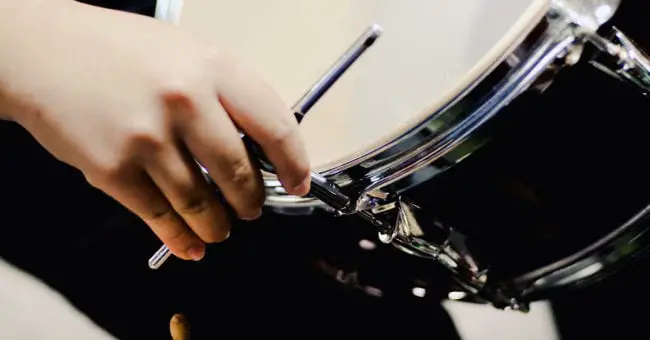
You can adjust, increase, or decrease the tension on your drums using different methods. Whatever you choose, you will need your drum key in doing so.
1) Single-Tension
It’s one of the many ways of applying the required tension to a drum head. The single-tension system has replaced the old-school rod-tension methods before the end of the 19th century. Drummers are still using the system for the affordable drums intended for student use.
So, what’s the single-tension method? Well, the method requires a long tension rod that has a threaded tip to extend over the hoop that holds the top of the drum head. This long rope goes down out of the drum shell, reaching the threaded hole within the lower hoop.
On the single-tension drum shell, you will see a little guide that runs halfway down to help you keep the rods straight. Older drums have their hoops held tightly by the individual clamps where the threaded tension rod is fitting.
The tension will be applied through twisting the special key, which you will see fitting in the hexagonal drive. However, a lot of bass drums, particularly those units used in concerts, feature wing-nuts that have been permanently attached to every tension rod, even on the dual-tension drums.
2) Dual-Tension
Drum makers are using various methods in applying tension to every drum head. The most recommended way is tightening the heads by using the hoop that holds tightly to a drum shell with many separate threaded rods that connect to mounted stanchions with bolts on the exterior of the drum shell.
If individual stanchions are available for the upper struck head and lower head or if there’s a center-mounted stanchion that is accepting the threaded rods from the lower and upper drum heads, then you can call it a dual-tension drum.
3) Rope Tension
It’s the ancient system used in applying tension to the drum heads. It was the official system used in applying tension to drums until the late nineteenth century. In this system, the drummers pass a long rod or several ropes alternately between the upper and lower drum head loops, which are gripped to the drum shell by using clamps that integrate holes for ropes.
The stitched-together hoops called ears to tighten the rods. These hoops are often crafted using leather that glides together with the rod to pull the loops inward that tighten the drum head. These ears stay in the position because of the rod’s tension. The drum head is being tightened this way will not be the same as the modern single or dual-tension system but offers a deep tone to complement the tradition of some music like the Fife & Drum Corps and Pipe & Drum Corps, including the historical military bands like the Field Music bands that were quite common throughout the American Revolutionary War, American Civil War, and War of 1812.
4) Muffling
Often, the percussionists settle for a drier sound and less ring. Good thing, they can use various techniques in reducing the ring. One of these is loosening the batter head from a quarter down to half. Alternatively, they can either amplify or minimize the pitch of the lower head to make it a little bit different from the pitch set to the upper head. Any of these methods will help the percussionists come up with a drier and funkier sound.
If all those techniques failed to eliminate the unwanted ring or when these kinds of heads create unwanted tones, these exterior muffling strategies will save you:
Use commercial muffling tools that look like the Mylar O rings. It’s the most common approach that allows you to make muffling rings on your own. You just need to cut up an old or damaged drum head. Sometimes, the muffling rings have multiple rings in various sizes. Layering more rings above one another can either increase or decrease the muffling impact.
Putting the string of the duct tape of the batter head. Various tape lengths and positions of the tape on your drum head may lead to the production of different sounds. If you use multiple strips, it may cause a heftier muffle.
Tape a napkin or tissue to the drum’s rim and let it lay loose on your batter head. Different positions and thicknesses can lead to the creation of various sounds.
For snares and toms, you can use a moongel to lessen the overtones. The larger the size of the gel used, the more the drum sound becomes muffled.
The old-school muffling technique involves cutting the long strip of felt then mount it under the batter head on the snare or tom or all over the front head of a bass drum. The modern drummers, however, feel that muffling is already a dated technique. They think that the felt strap interferes with the head’s seating to the bearing edge of the drum. It makes the instrument a little trickier to tune.
Putting the pillow in the drum (applicable to bass drums). The amount of muffling can be controlled based on how the pillow gets in contact with the rear or front heads. Less contact equals to less muffling. Some companies are producing dedicated mufflers for bass drums. They mimic the looks of odd-shaped pillows.
Cutting the hole inside the front head. Porting it is an alternative. Both works for bass drums. The hole will significantly eliminate the natural resonance of drums, creating drier and punchier sounds with a more distinct attack: the bigger the hole, the less audible the resonance.
The Importance of Drum Keys
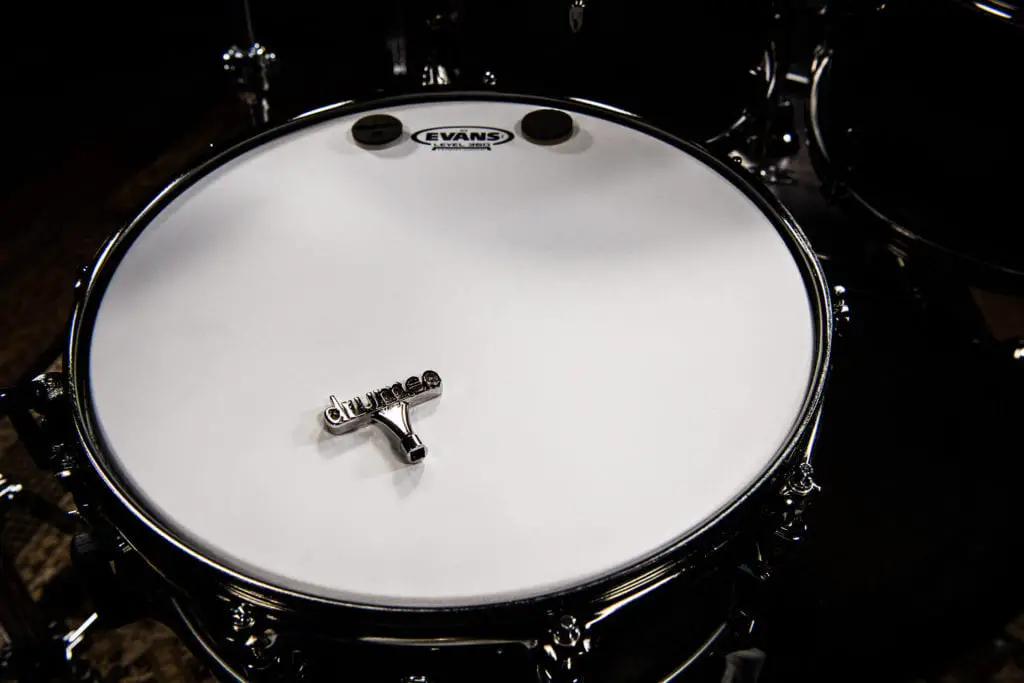
The drum keys are important mainly for adjusting and tuning the drums, including the need for setting up all forms of hardware on the drum set. The sad thing is they are easily forgotten or lost right before the VIP gig comes in.
Standard drum keys are affordable, multi-purpose, and extremely versatile. However, other drum keys go with various designs aimed to suit different needs and demands.
If you want to tune your drum today, then why not try these 7 types of drum keys? All of them are quite cheap, so experimenting with these tools won’t be heavy in your pocket.
7 Types of Drum Keys
1) Standard Drum Keys
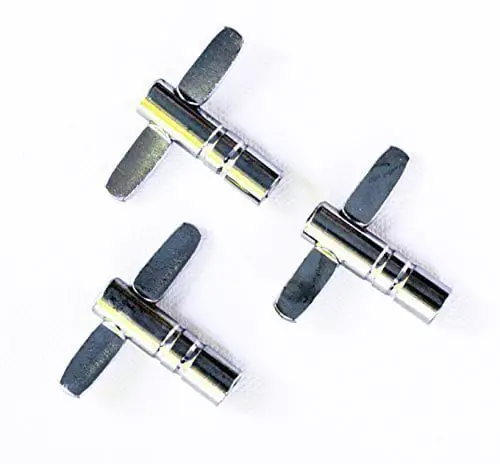
There could be more types of drum keys available, but this does not mean the standard drum keys are no longer effective. They are good, which they will prove once you try to use them once. Other types of drum keys tend to be very efficient in some ways. However, the standard drum keys are always great all-rounders in most situations.
However, you have to ensure you get just some of them as you may end up getting them lost or misplaced. Go for a pack of at least 3 standard drum keys for your peace of mind.
2) Speed Drum Key
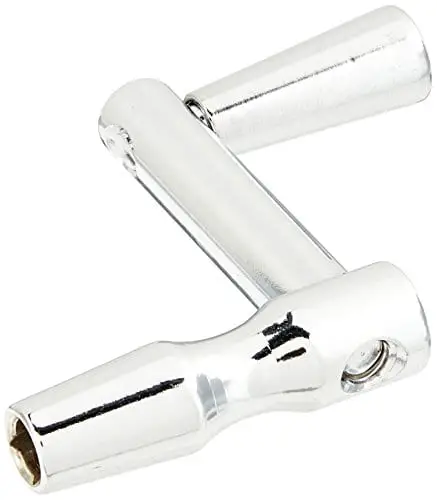
There are many kinds of speed drum keys that you can buy. You can use the speed key to easily adjust and change the heads and keep the standard drum keys for the rest. Gibraltar is a reliable brand of drum keys. For speed drum keys, the company offers the SC-4248 that guarantees easy changing and tuning drum heads.
3) Evans Torque Key

If you’re thinking of upgrading from the standard drum keys, then why not choose the Evans Torque Key? This one comes with an adjustable torque control that makes tuning more drum lugs a bit more constant. This drum key also features an anti-slip magnetic head. It’s the most famous of all the kinds of drum keys available. It has been proven to be extremely useful in tuning your drum more constantly.
Getting your drum well-tuned is easy and painless – made possible by its ergonomic handle dial style. It allows you to preset the drum key so you can release only at a particular tension. This way, you can be sure of even tuning.
Other impressive features that you can find in this popular drum key are the ergonomic handle designed for easy and comfortable tuning and the knurled knob that ensures quick drumhead changes. It also goes with the non-slip magnetized head that provides more convenience on tuning a drum.
4) Gibraltar Ratchet Drum Key

This is one of the best ratchet drum keys you can find in the market. This one is so handy and useful when it comes to creating quick adjustments and in turning the lugs within the tight spot. The ratchet design featured in this drum key is another thing that makes it worth considering. The design allows the drum key itself to reach places like the hardware and pedals that will be extremely difficult for the traditional drum keys to reach. Its motion is working as the regular ratchet.
5) Pearl High Tension Drum Key

The standard drum keys can be somewhat awkward to use for the high-tension drums, like the marching drums. To easily tune your drums to higher tension, the Pearl High Tension Drum Key would be a good choice for you. This drum key is a good choice because it’s extremely sturdy and solid.
6) Pearl TechTool

The Pearl TechTool is a bundle that has a drum key and a set of hex keys, the bottle opener, and screwdrivers. As the name implies, this drum key is highly suitable for the Pearl drums, hardware, and pedals, although it must work efficiently for drums made by other brands.
7) Gibraltar Drill Bit Drum Key

If you are a drummer and a do-it-yourself enthusiast, then you should have a look at this drum key. Gibraltar Drill Bit Drum Key is pretty easy to use as you just need to connect it to the drill and leave the rest to the tool. Just be careful once you do. This drum key is useful in quickly tightening or loosening multiple lugs as soon as possible. Therefore, this one helps a lot whenever you’re in a hurry.
Other Things You Can Do to Enhance Your Expertise in Tuning Your Drum
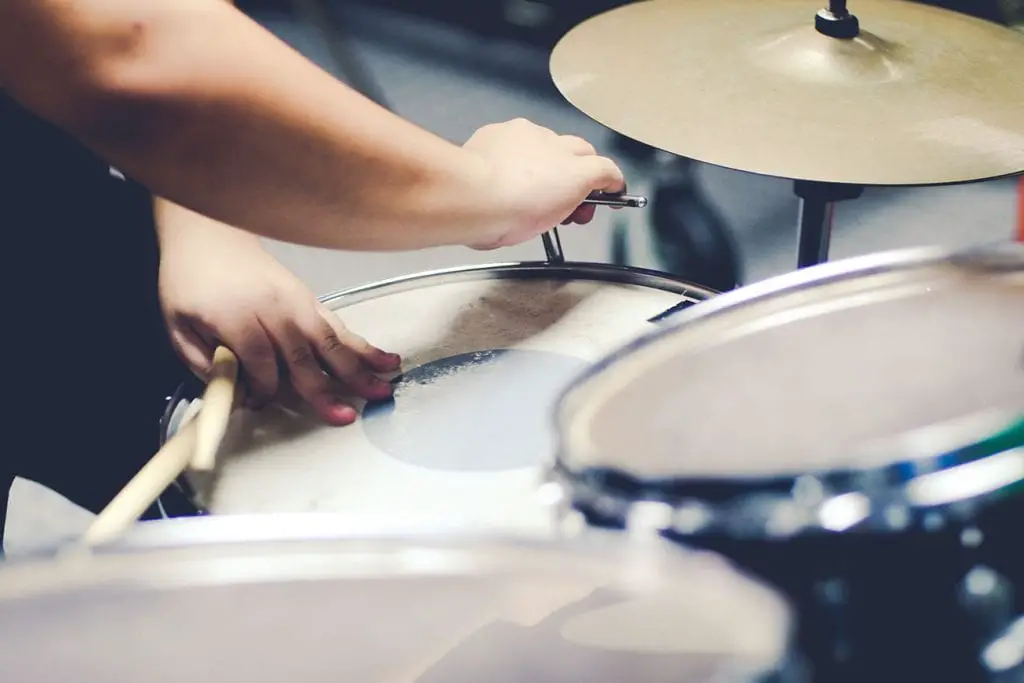
Using a drum key is not the solitary way to enhance your skills in tuning your drum. The market comes with more drum tuners, which you can use to obtain and enjoy a more professional and consistent sound. Of course, nothing beats your ears in terms of getting your drum at the right tune. Nonetheless, the drum keys will always be such reliable tools that can aid you in recognizing the differences in the drum tones.
Conclusion
Using a drum key is no doubt, one of the best ways of getting the job done right. As you can get it in many types, you have to find out which type best suits your instrument. Though, you can have some kinds of drum keys included in your collection for various purposes. It’s so easy for any drummer to lose his drum keys at the most unexpected moment. Drum keys are cheap, so you should not hesitate to keep some in your tool kit. Doing so will save you from headaches just in case you lost the one you frequently use.



